Blog Discover the Best Patient Lift Slings for Sale: Comfort and Safety Combined
Sat, 07/29/2023 - 19:27
Patient lift slings play a critical role in ensuring the safety and comfort of individuals who require assistance with mobility. A patient lift is a device that helps move individuals with limited mobility from one place to another, while a patient lift sling is a support system that holds the patient securely during the transfer. Patient lift slings provide comfort and reduce the risk of injury during the transfer process.
When selecting a patient lift sling, it’s essential to consider factors such as weight capacity, padding, and material, head support, leg straps, ease of use, length and width, and transfer method. Choosing the right sling for a patient depends on their specific needs and requirements. As a caregiver, it’s important to understand the different types of slings available and select the one that provides maximum comfort and safety for the patient.
Types of Patient Lift Slings
Patient lift slings come in four primary types, each suitable for different applications.
Hammock Patient Lift Slings: For those who require extended periods of time in a patient lift sling, Hammock slings provide an excellent solution. They are particularly well-suited for individuals with chronic pain or those who require extensive support. The sling offers complete support to the head, neck, and legs, while also ensuring that the patient's weight is distributed evenly. As a result, patients can rest comfortably and securely in the sling for longer periods without experiencing any discomfort. In addition, Hammock Patient Lift Slings can be easily adjusted to accommodate different body shapes and sizes, ensuring a comfortable and personalized fit for every patient.
Full-body Patient Lift Slings: Full-body patient lift slings are a safe and comfortable option for caregivers to use when transferring patients from one surface to another. These slings are designed to offer complete support to patients who require lifting for extended periods. They are ideal for patients who are bedridden, have limited mobility, or are unable to bear weight on their own. The full-body design ensures that the patient is fully supported, reducing the risk of injury during transfer. Caregivers can rest assured that these slings make the transfer process smoother and safer for both the patient and themselves. Overall, full-body patient lift slings are an essential tool for caregivers who prioritize patient comfort and safety.
U-slings Patient Lift Slings: U-slings are designed to provide a comfortable experience to those with limited mobility. One of their advantages is that they provide a safe method of lifting patients with ease. These slings are especially useful when patients need support while using a wheelchair or recliner. Furthermore, they offer a convenient option to move patients from one room to another with minimum effort. Overall, U-slings are a reliable and essential tool for caregivers and medical professionals who work with patients who require lifting assistance.
TransferPatient Lift Slings: Transfer patient lift slings enable patients who are unable to stand or move around on their own to transfer from one surface to another with ease. The slings support the patient's body during the transfer process, therefore reducing the likelihood of injury to both the patient and caregiver. These types of slings are ideal for individuals who need to be moved from room to room, or for those who want to move around the home but are unable to stand or walk. Transfer slings are designed to be comfortable, easy to use, and safe for both the caregiver and the patient. They provide a secure and stable way to transfer patients without causing discomfort or discomfort. Overall, transfer patient lift slings are a great aid to enhance the quality of life for patients with restricted mobility, as well as providing assistance and support to caregivers.
Choosing the right patient lift sling is crucial for the patient's safety and comfort. Ensure that you consider factors such as padding and material, weight capacity, length and width, head support, leg straps, and ease of use. Always keep in mind the patient's needs and the primary purpose of the lift sling.

Comfort and Safety Features of Patient Lift
When it comes to choosing the right patient lift sling, comfort, and safety are non-negotiable. You want to ensure that the material used is soft and breathable to avoid skin rashes and irritation. The padding level is also crucial to ensure the patient is comfortable and does not experience any pain or discomfort during transfers.
Another factor to consider is weight capacity. It is critical to choose a sling that can handle the weight of the patient to avoid any accidents or injuries. Length and width should also be given priority to ensure proper fit and support. A sling that is too narrow or too wide can be uncomfortable and can lead to slipping or falling.
Head support is also vital, especially for patients with limited head control or those with neck injuries. A sling with good head support will prevent the patient's head from falling forward, avoiding any possible injuries. Additionally, leg straps ensure the patient's legs are secure and prevent them from slipping or falling out during transfers.
Finally, ease of use is crucial, especially for caregivers. A sling that is easy to attach, detach and adjust will make transfers more convenient and efficient. This factor helps the caregiver avoid any possible strains or injuries from lifting or transferring patients.
Ultimately, choosing the right patient lift sling requires taking into consideration comfort, and safety, weight capacity, length and width, head support, leg straps, and ease of use.
How to maintain patient lift slings
Maintaining patient lift slings is crucial to ensuring their longevity and safety. Firstly, it's important to follow the manufacturer's cleaning guidelines, which usually involve using mild soap and warm water, avoiding bleach or fabric softeners. Secondly, regularly inspect the sling for any wear and tear, such as frayed edges or holes. If any damages are found, replace the sling immediately to prevent accidents. Lastly, replace worn-out slings after a specific period, as recommended by the manufacturer. Remembering these key points will ensure that patient lift slings continue to provide comfort and safety for patients and caregivers alike.
Conclusion
To sum up, it's crucial to choose the right patient lift sling that guarantees comfort and safety. Factors such as weight capacity, padding, and ease of use should be considered. Regular cleaning and replacing worn-out slings are essential for optimal functioning. Don't compromise patient safety for cost. Choose wisely.
Tags
- contest
- event
- supplies
- design
- brand
- video
- Compression
- upright walker
- four wheel walker
- rollator
- wheelchair
- Ostomy
- elegantly
- elegantly
- accessibility
- Mobility
- knee walker rental
- knee scooter sales
- knee scooter
- post operative shoe
- anti-embolic stockings
- pain management
- cryotherapy therapy
- hot cold compress
- compression stockings
- lift chair
- wound Care
- air purifier
- fall prevention
- cushion
- oxygen therapy
- cpap, bipap
- Hospital Bed
- Life Aide
- EMS
- recovery
- splint
- knee brace
- Bathroom
- patient lift
- medical supply
- Wound dressings
- Lightweight Wheelchair
- hospital beds for sale
- sky medical supplies rentals
- compression socks
- Tegaderm Dressing
- Adult Diapers
- Rollator Walker
- Bed Wedge Pillow
- Hospital beds
- Patient Lifts and Slings
- Portable Oxygen Concentrator
- Patient Lift Slings
- knee scooter rental
- folding mobility scooter
- mobility scooter
- medical shoes
- raised toilet seat
- hospital beds for rent
- lift chair recliner
- chair lift
- electric wheelchair
- Power Lift Recliners for Elderly
- Senior Walkers
- Bedside Commodes
- whill wheelchair
- compression hose
- Whill Electric Wheelchairs
- Bariatric Wheelchair
- Recliner Chairs with Lift
- Colostomy Bag
- Crutches
- Medical Wedge Pillow
- skin barrier tape
- Post Surgery Ice Machine
- Bedside Commode
- chair lift recliners
- cane holder scooter
- lift chair prices
- drop arm commode
- rollator walker with ergonomic seats
- Hospital Bed Rental
- Wheelchair Tray
- Golden Technologies Lift Chair
- Nova GetGo Junior Rollator
- power lift recliners
- Knee Scooters and Crutches:
- stand up walker for seniors
- stand up walker as seen on TV
- Women's Walking Canes
- Knee Immobilizers
- Bed Wedge Pillow
- Medical Supply Stores
- Sit to Stand Lifts
- Grab Bars
- Compression Gloves
- incontinence bed pads
- Lift Reclining Chair
- Knee Walker Scooters
- Hernia Belt Near You
- Mobility Scooter Stores Near Me
- Folding Knee Walker
- Oxygen Concentrator Store
- Inogen Battery
- Electric Bed Frames
Related Posts
Get weekly articles in your inbox on the latest medical supply news, exclusive deals, and helpful health tips.
Tue, 11/23/2021 - 19:59
A side by side comparison of scooter
A side-by-side comparison of golden technologies, pride, and journey health and lifestyle scooter
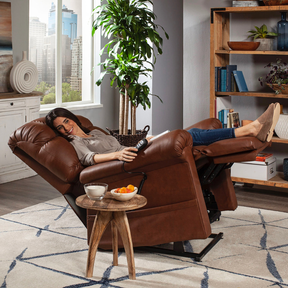
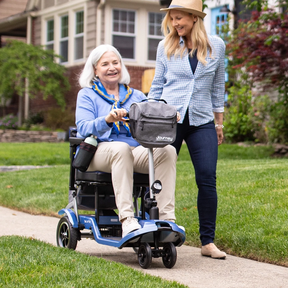
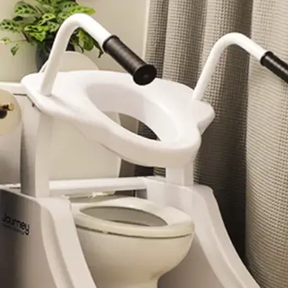
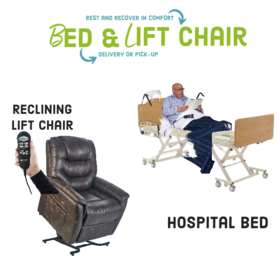
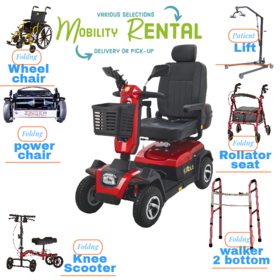
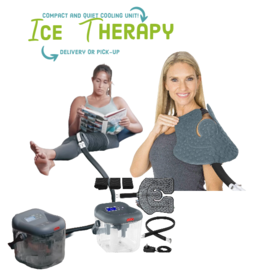

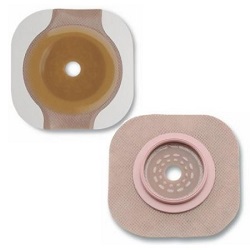 Having an ostomy can drastically alter your dai
Having an ostomy can drastically alter your dai